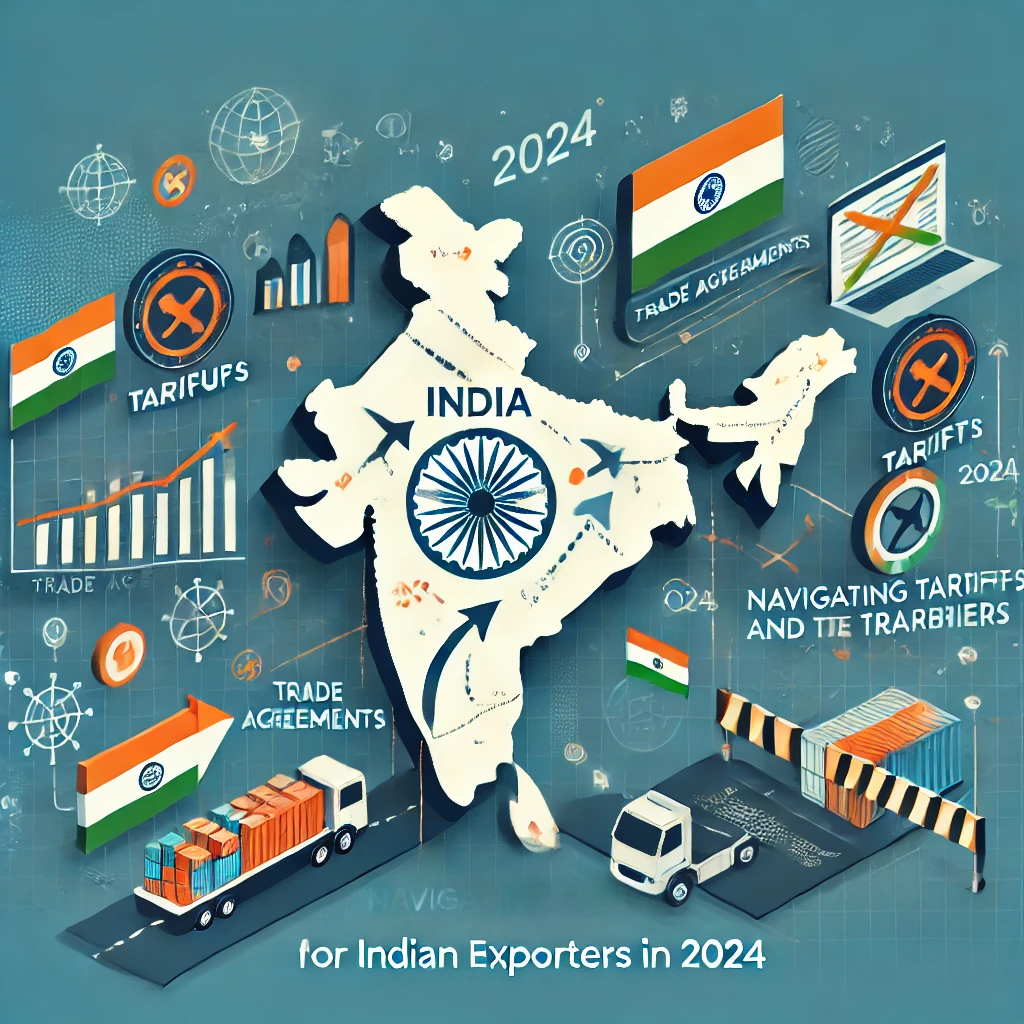Overview of the Indian Paint and Coatings Industry
The Indian paint and coatings industry is a vital component of the nation’s economy, marked by robust growth and significant contributions to GDP.
As of 2023, the market size of the industry is estimated to be around USD 9 billion, with projections indicating an annual growth rate of approximately 10% over the next several years.
This expansion is driven by increasing urbanization, a booming construction sector, and rising disposable incomes, which collectively fuel demand for both decorative and industrial coatings.
In the Indian context, the segment of decorative paints plays a pivotal role, accounting for nearly 70% of the total market share.
This sector is characterized by continual innovation, with key players focusing on developing environmentally friendly products and advanced color technology.
Not only do these decorative paints enrich aesthetic appeal, they also significantly enhance the durability of surfaces.
Within the industrial coatings segment, growth is primarily associated with rapid industrialization, particularly in automotive, aerospace, and manufacturing sectors, thereby allowing for substantial export from India.
Furthermore, specialty coatings, which cater to niche applications like protective coatings and wood finishes, showcase the industry’s diversification.
Companies are constantly exploring new formulations to meet unique market demands, including coatings that offer superior performance in extreme conditions.
Major players in the Indian paint and coatings industry—such as Asian Paints, Berger Paints, and Kansai Nerolac—are not only focusing on the domestic market but are also increasingly eyeing international markets for potential export opportunities.
In summary, the Indian paint and coatings industry, with its vast segments and key players, stands as a robust pillar of the economy, contributing to employment, innovation, and overall economic growth.
As the sector continues to evolve and expand, its significance both domestically and in the context of global export from India cannot be overstated.
Global Market Trends Impacting Exports
The landscape of the global paint and coatings market is continuously evolving, influenced by various economic factors, environmental regulations, and technological advancements.
As of 2024, a strong correlation exists between these trends and the potential for export from India, which signifies a vital area for domestic entrepreneurs and manufacturers looking to enter or expand their footprint in international markets.
One of the critical economic factors affecting exports from India includes the demand for construction and automotive industries.
As nations worldwide focus on infrastructure development and urbanization, the need for high-quality paints and coatings has surged.
Indian manufacturers can capitalize on this growth by exporting cost-effective and innovative products that align with global standards.
Additionally, fluctuations in raw material prices and changing currency values compel exporters to adopt dynamic pricing strategies, which can further influence their competitive edge in the global marketplace.
Another crucial aspect is the rising environmental regulations that demand compliance with sustainable practices.
Countries are increasingly enforcing stringent guidelines to reduce VOC (volatile organic compound) emissions.
For Indian exporters, this trend not only poses a challenge but also presents substantial opportunities to innovate eco-friendly paints.
By investing in research and development, Indian manufacturers can create products that comply with international standards and appeal to environmentally conscious consumers across various regions.
Technological advancements are equally influential, offering new avenues for enhancing product quality and production efficiency.
Automation and digitalization in manufacturing processes can help Indian exporters streamline operations and reduce costs.
Moreover, the ongoing development in smart coatings technology can open new markets, such as automotive and aerospace, which typically demand high-performance coatings.
Ultimately, these global market trends necessitate that Indian exporters remain agile and adaptable, refining their strategies to seize the opportunities presented while meeting the challenges head-on.
Opportunities for Indian Exporters in 2024
The year 2024 presents a myriad of opportunities for Indian exporters in the paint and coatings industry.
With a growing global demand for innovative and sustainable products, Indian companies can position themselves strategically to capitalize on these trends.
One notable opportunity lies in expanding market access in emerging economies.
Countries in Southeast Asia, Africa, and Latin America exhibit increasing infrastructure development and urbanization, which fuels the demand for high-quality paints and coatings. By targeting these markets, Indian exporters can tap into a new customer base eager for reliable products.
Additionally, the focus on sustainability has never been more pronounced. The global shift towards eco-friendly solutions is fostering a demand for environmentally safe and non-toxic paints.
Indian manufacturers who invest in the development of biodegradable coatings or water-based products can gain a competitive edge.
This aligns with international regulations and consumer preferences that favor sustainable practices.
By promoting innovations in formulation, such as low-VOC (volatile organic compounds) and high-performance eco-coatings, exporters can not only meet the requirements of stringent regulations but also appeal to eco-conscious consumers.
Moreover, the automotive, construction, and manufacturing industries are experiencing a surge in demand for high-performance coatings that offer durability and corrosion resistance.
Indian exporters can develop specialized solutions tailored for these sectors, thereby enhancing the likelihood of securing contracts from major industries.
To illustrate this point, consider the success of Indian enterprises that have already established a foothold in these markets through innovative product lines and strategic partnerships.
As Indian paint and coatings exporters explore these opportunities, achieving a global presence in 2024 seems promising.
By leveraging emerging markets, embracing sustainable practices, and catering to the high-performance requirements of diverse industries, they can enhance their competitiveness on the international stage.
Challenges Facing the Export Sector
The export from India, particularly in the paint and coatings industry, is poised for growth; however, it must navigate a myriad of challenges that could impede its potential.
Notably, one of the most pressing issues is the intense international competition.
Global players have a significant foothold in established markets, making it imperative for Indian manufacturers to innovate and enhance their product offerings to capture market share.
Differentiating themselves through unique formulations or eco-friendly solutions may provide a competitive edge but requires substantial investment.
Additionally, trade policies and regulations continue to evolve, impacting the landscape of international trade.
Changes in tariffs, trade agreements, and international relations can impose additional burdens on exporters, affecting their ability to compete.
Indian paint and coatings exporters must stay informed and agile to adapt to these shifting dynamics in order to maintain sustainable export volumes.
Furthermore, compliance with international quality standards and certification requirements is essential for gaining access to foreign markets.
Failure to meet these stringent criteria can result in significant barriers to entry, hindering export potential from India.
Moreover, the supply chain challenges that have emerged in recent years cannot be overlooked.
The complexity of sourcing raw materials, coupled with logistical issues, can disrupt production timelines and lead to increased costs.
Fluctuating raw material prices pose another significant concern, as they directly affect profit margins and pricing strategies.
Furthermore, geopolitical events and natural disasters can exacerbate these supply chain vulnerabilities, leading to unpredictability in exports.
In summary, the challenges confronting Indian paint and coatings exporters in 2024 are multifaceted.
Addressing international competition, navigating trade policies, ensuring compliance with quality standards, and mitigating supply chain disruptions will be crucial for fostering a robust export environment.
Proactive strategies and investments will be essential for overcoming these hurdles and ensuring that Indian exporters remain competitive on the global stage.
Regulatory Landscape for Exports
The regulatory framework surrounding the export from India, specifically within the paint and coatings sector, is multifaceted, encompassing various laws and guidelines designed to ensure that products meet international standards.
To embark on the export journey, businesses must adhere to the Foreign Trade Policy (FTP) set by the Directorate General of Foreign Trade (DGFT), which governs import and export activities in India.
This policy outlines the compliance requirements that exporters must fulfill to be eligible for export incentives and licenses.
Additionally, the exporters in the paint and coatings sector must navigate industry-specific regulations that pertain to product safety, quality, and labeling.
For instance, the Bureau of Indian Standards (BIS) establishes standards that coatings must meet for both domestic consumption and international trade.
These standards cover aspects such as chemical composition, environmental impact, and performance characteristics.
Failure to comply with these standards can lead to delayed shipments or financial penalties, thereby underlining the significance of thorough compliance.
Furthermore, environmental guidelines, governed by the Central Pollution Control Board (CPCB) and respective state pollution control boards, are critical for exporters.
These regulations ensure that the products are manufactured and exported in a way that minimizes harmful environmental impacts.
Exporters must also be aware of international regulations, such as the REACH (Registration, Evaluation, Authorisation, and Restriction of Chemicals) in the European Union, which influences export policies and market access.
Effectively navigating this regulatory landscape is pivotal for manufacturers and exporters.
Proper understanding of the regulations can lead to streamlined operations, reduced risk of penalties, and enhanced reputation in international markets, ultimately contributing to the growth of paint and coatings export from India in the future.
Technological Innovations Shaping the Future
The paint and coatings industry in India is on the verge of transformation, driven by rapid technological advancements.
As the country aims to boost its export from India, industry stakeholders recognize the critical role of innovations in enhancing product quality, efficiency, and sustainability.
The introduction of modern production processes facilitates the automation of various stages of production, which not only accelerates manufacturing but also minimizes human errors.
For instance, the adoption of artificial intelligence and machine learning algorithms allows companies to monitor quality in real-time, ensuring the highest standards for products intended for export.
Additionally, formulation design is experiencing a revolution with the incorporation of advanced materials such as nanomaterials and bio-based additives.
These innovations enable the development of coatings that offer superior performance, including enhanced durability, improved adhesion properties, and resistance to environmental factors.
Such progress is particularly relevant for Indian exporters competing in global markets where product performance is paramount.
Furthermore, the incorporation of smart coatings with self-cleaning and anti-bacterial properties positions Indian products favorably on international platforms, providing an edge over competitors.
Sustainability has become a cornerstone of modern manufacturing processes, aligning with global trends and regulations.
Companies are increasingly investing in eco-friendly practices by developing water-based and low-VOC (volatile organic compounds) formulations.
Embracing these sustainable practices not only meets international environmental standards but also appeals to the discerning consumer seeking greener alternatives.
As Indian manufacturers continue to innovate technologically, they will enhance the export from India while contributing to global sustainability efforts.
In light of these advancements, it is clear that the integration of technology plays a pivotal role in shaping the future of the paint and coatings sector.
The ongoing evolution in production methodologies, product formulations, and sustainable practices not only improves competitiveness but also aligns Indian manufacturers with the demands of the global market.
Market Entry Strategies for International Expansion
As Indian paint and coatings manufacturers look towards 2024, navigating the complexities of international markets becomes increasingly pivotal for sustained growth.
A strategic approach to market entry can facilitate successful exports from India, ensuring the products resonate well with diverse consumer preferences. Various strategies are available, each with its distinct advantages and challenges.
Joint ventures are one of the prominent strategies for Indian companies aiming to penetrate foreign markets.
By partnering with established local firms, Indian exporters can leverage existing distribution channels, local market knowledge, and regulatory compliance expertise.
This collaboration not only mitigates risks associated with market entry but also enhances the credibility of the brand in a competitive landscape.
Another effective strategy is establishing strategic partnerships.
Through alliances with suppliers, distributors, or even local manufacturers, Indian paint and coatings companies can enhance their operational capabilities while minimizing initial investment costs.
Partnerships present an opportunity to assimilate into the market dynamics smoothly and promote mutual growth.
Franchising represents an appealing option, especially for brands with a strong value proposition and operational model.
By allowing local franchisees to sell their products, companies can swiftly expand their presence while maintaining a relatively low capital outlay.
This strategy also fosters local entrepreneurship and strengthens brand recognition in the target market.
When considering target markets, it is essential to evaluate demand trends, trade policies, and local competition.
A comprehensive market analysis can provide insights into which geographic areas present the most lucrative opportunities for export from India.
Understanding regional regulations, tariffs, and legal frameworks further enables companies to tailor their market entry strategies effectively, ensuring long-term success.
In conclusion, Indian paint and coatings companies must adopt a multifaceted approach to international expansion in 2024.
By strategically utilizing joint ventures, partnerships, and franchising while selecting target markets judiciously, they can enhance their global footprint and leverage the growing demand for quality coatings worldwide.
Sustainability and Environmental Considerations
The global emphasis on sustainability has significant implications for the paint and coatings industry, particularly for exporters operating out of India.
As environmental concerns continue to rise, both consumers and regulatory bodies are advocating for products that are compatible with sustainable practices.
For Indian exporters, aligning with international environmental standards not only enhances their competitiveness but also helps in nurturing international relationships and market access.
One of the key areas where Indian exporters can excel is in developing sustainable product lines.
This includes formulating paints and coatings that are low in volatile organic compounds (VOCs) and incorporating renewable raw materials.
The increasing preference for eco-friendly products offers an opportunity for Indian manufacturers to innovate and cater to global markets that prioritize sustainable options.
Such innovations not only reduce environmental impact but also bring financial benefits through increased market share and premium pricing.
Moreover, adopting eco-labeling strategies can be advantageous for Indian exporters.
Eco-labels serve as affirmations of a product’s sustainability credentials and significantly influence purchasing decisions among environmentally-conscious consumers.
By obtaining certifications, Indian paint manufacturers can validate their commitment to sustainability, thus elevating their brand perception in international markets.
Waste management practices also play a crucial role in enhancing the appeal of Indian exports.
Efficient waste disposal, recycling initiatives, and the use of biodegradable materials can lower the carbon footprint of paint and coatings production.
This not only fulfills international regulations but also showcases the responsible practices of Indian exporters in their operations.
In an era where consumers and businesses alike are placing a premium on sustainability, Indian exporters of paint and coatings must respond proactively.
Embracing these trends will not only position them favorably in the global market but also contribute positively to the environment and society at large.
Concluding Insights and Future Outlook
The landscape of the Indian paint and coatings export market is poised for significant transformation as we approach 2024.
Recent insights reveal that while opportunities abound, particularly in emerging markets, exporters must navigate a series of challenges to maintain competitiveness.
Key trends indicate a growing demand for eco-friendly and high-performance coatings globally, which aligns with a shift toward sustainability within the industry.
Indian manufacturers that can innovate and adapt to these market demands will likely enhance their position as reliable suppliers on the international stage.
Export from India is not just about maintaining existing markets; it is also about penetrating new regions that are currently underserved.
As global economies recover and paint and coatings demand rises, Indian exporters have the potential to establish strong footholds in countries in Africa, Middle East, and Southeast Asia.
Nevertheless, to seize these opportunities, it is crucial for businesses to invest in research and development. Developing novel formulations that meet stringent international regulations will be a determinant factor for success.
Additionally, challenges such as fluctuating raw material costs, regulatory hurdles, and intense competition from other countries cannot be overlooked.
Indian manufacturers need to foster a culture of resilience and adaptability to overcome these obstacles.
Strategic partnerships and collaborations with overseas players may provide an avenue for sharing knowledge and resources, aiding in compliance with global standards.

Finally, digital transformation is set to play a pivotal role in enhancing operational efficiencies and streamlining export processes.
Embracing technology can augment productivity and improve supply chain dynamics, crucial for maintaining an edge in the fast-evolving global marketplace.
In conclusion, while the future of Indian paint and coatings exports presents notable challenges, the prospects appear promising for those willing to innovate and adapt to the complex dynamics of international trade.


 By Vijay
By Vijay



No comment yet, add your voice below!